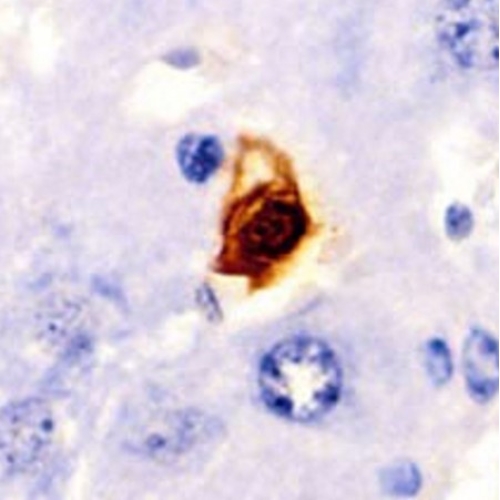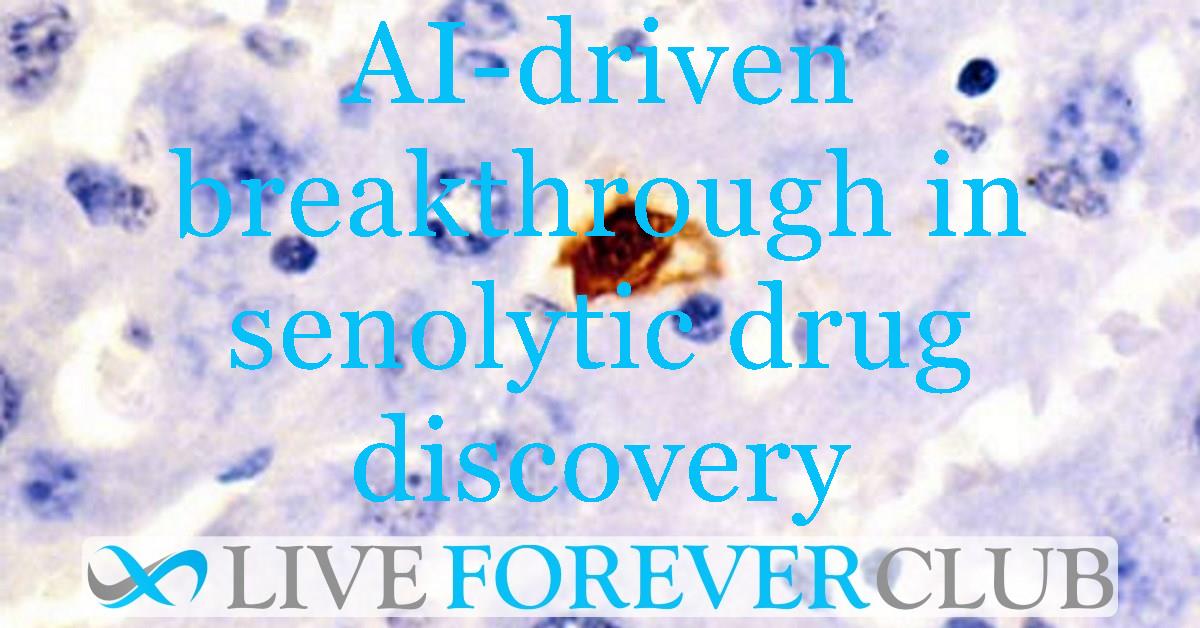Key points from article :
Researchers used machine learning to find new senolytic compounds that target senescent cells.
Existing senolytics have shown limited effectiveness and significant side effects.
An AI system was trained from scratch to find new senolytics using a dataset of 2,352 compounds.
The trained model was applied to 804,959 compounds, resulting in 216 selected candidates.
Preliminary analysis showed that 25 of the initial 216 compounds had senolytic properties.
Three promising compounds were found to be as effective and specific as ABT-737 (which has low bioavailability and side effects).
These compounds were found to bind Bcl-2, a mechanism of action common to multiple senolytics.
One compound was tested in aged mice, showing a reduction in key biomarkers of aging without side effects.
Research by Massachusetts Institute of Technology and Harvard University published in Nature Aging.
NOTE: two of the researchers (Felix Wong & Satotaka Omori) are also involved with Integrated Biosciences.









